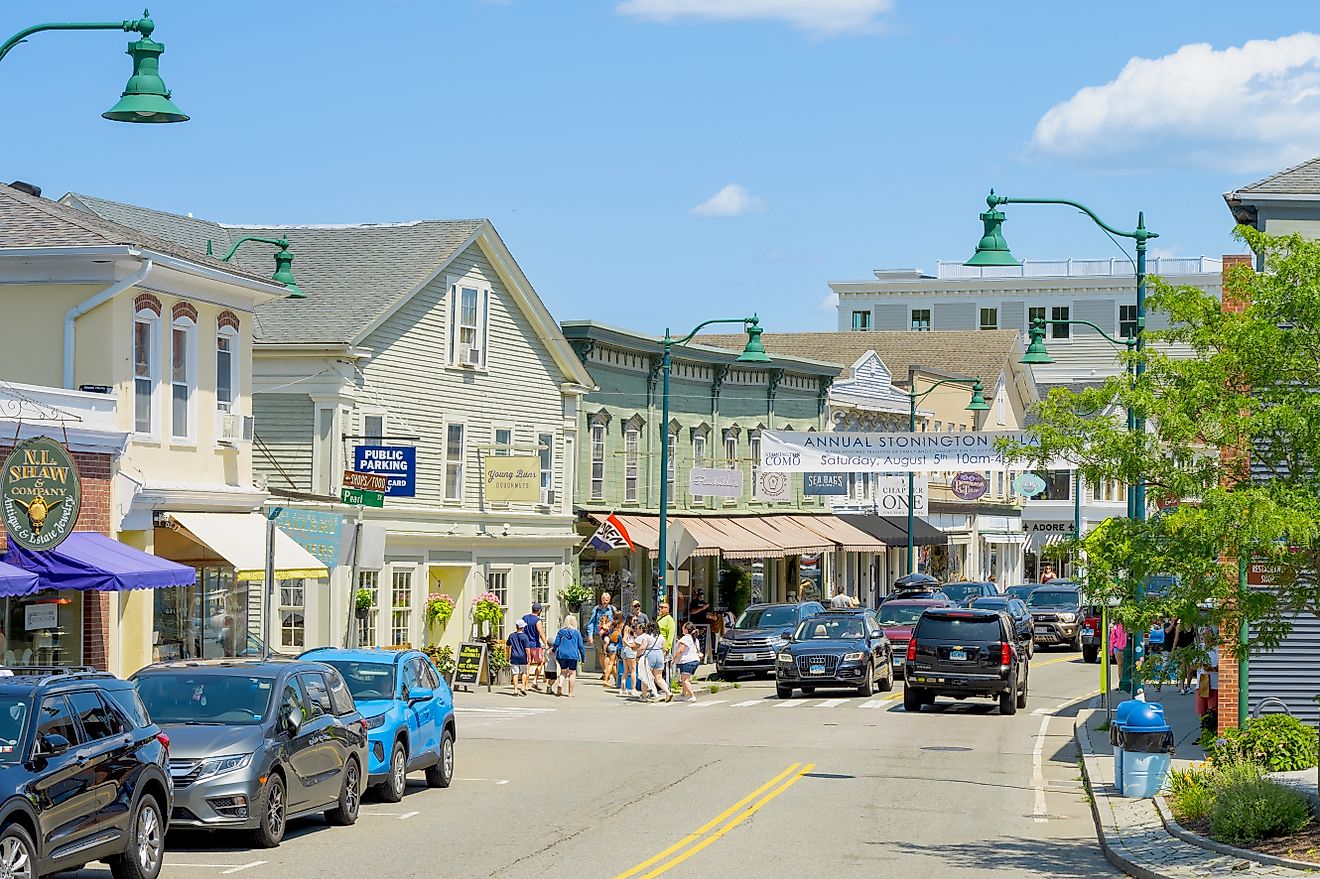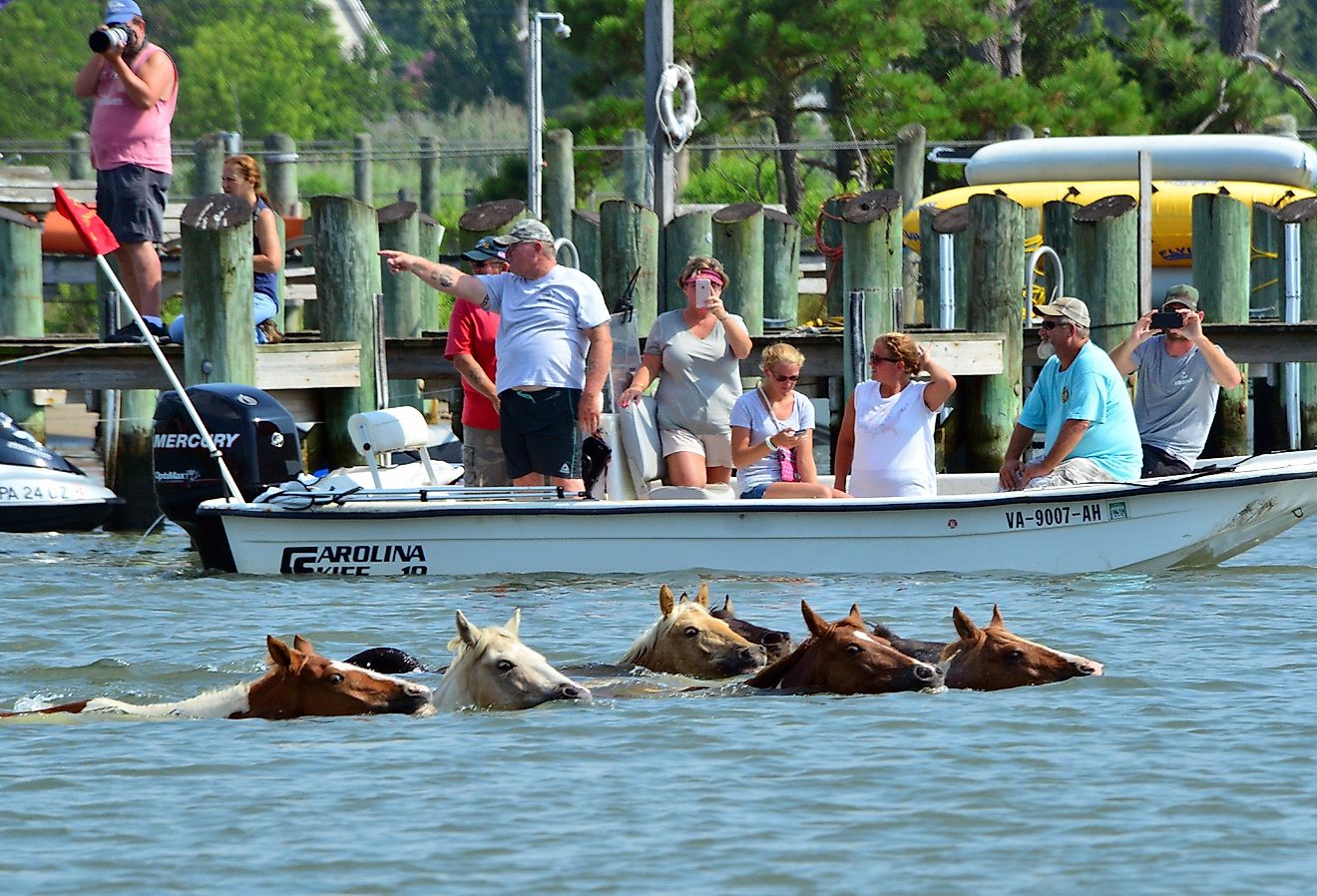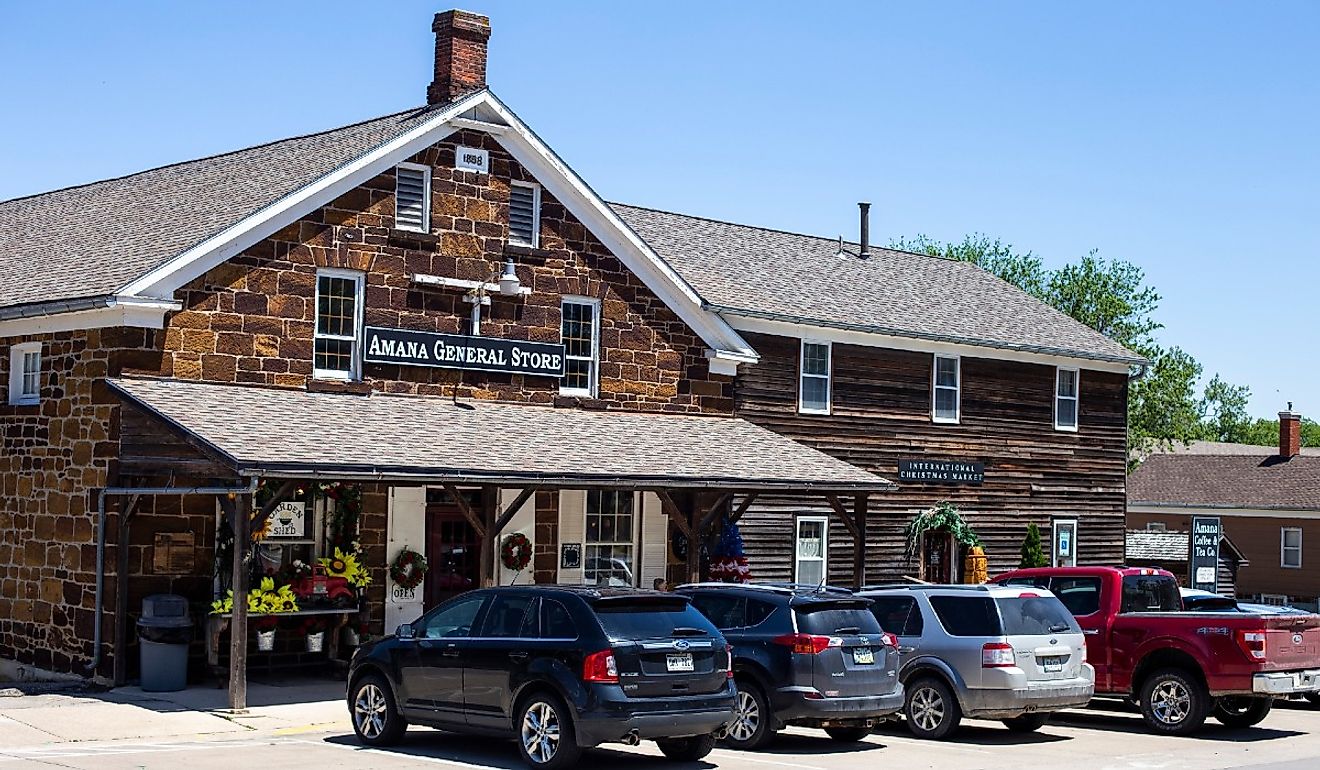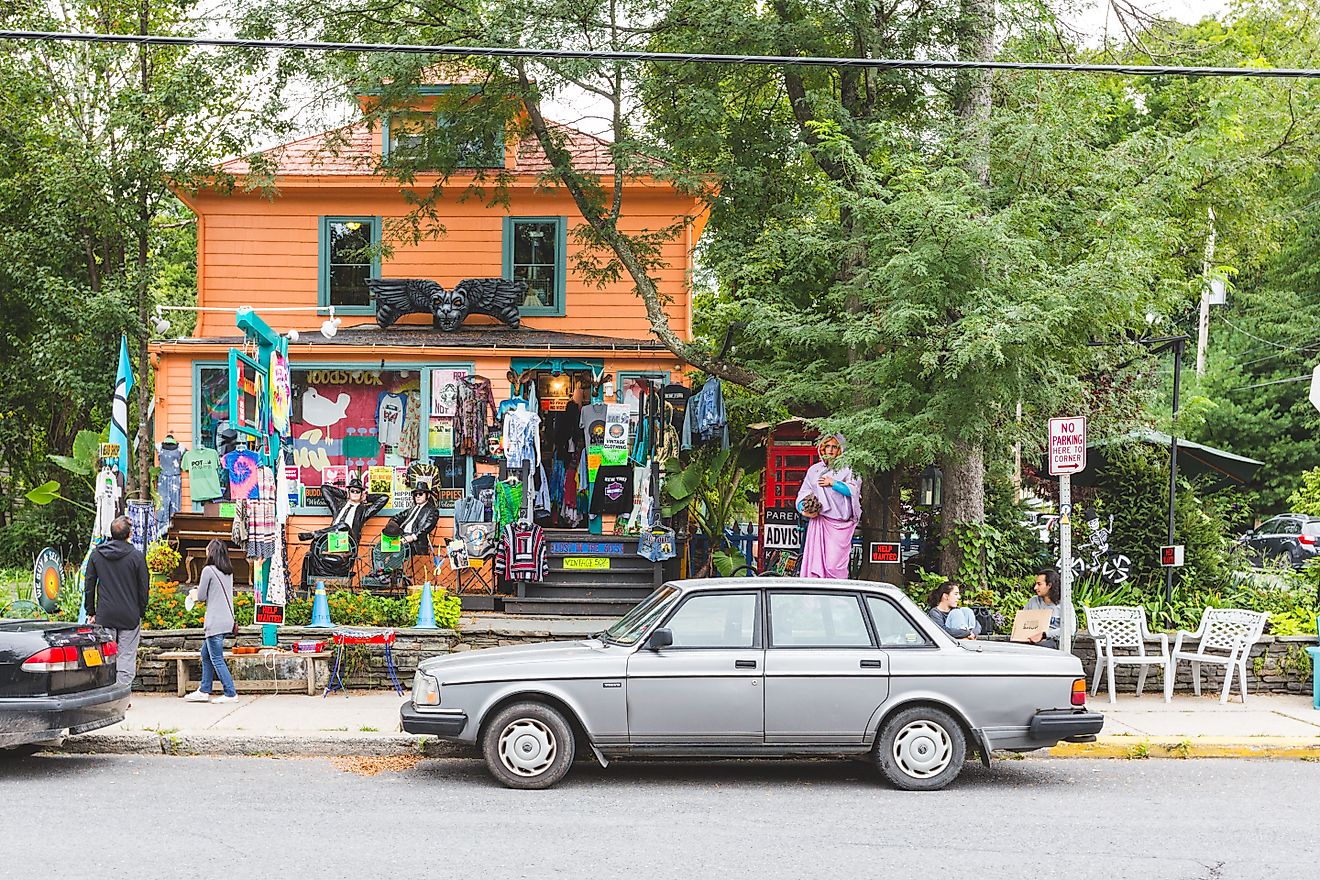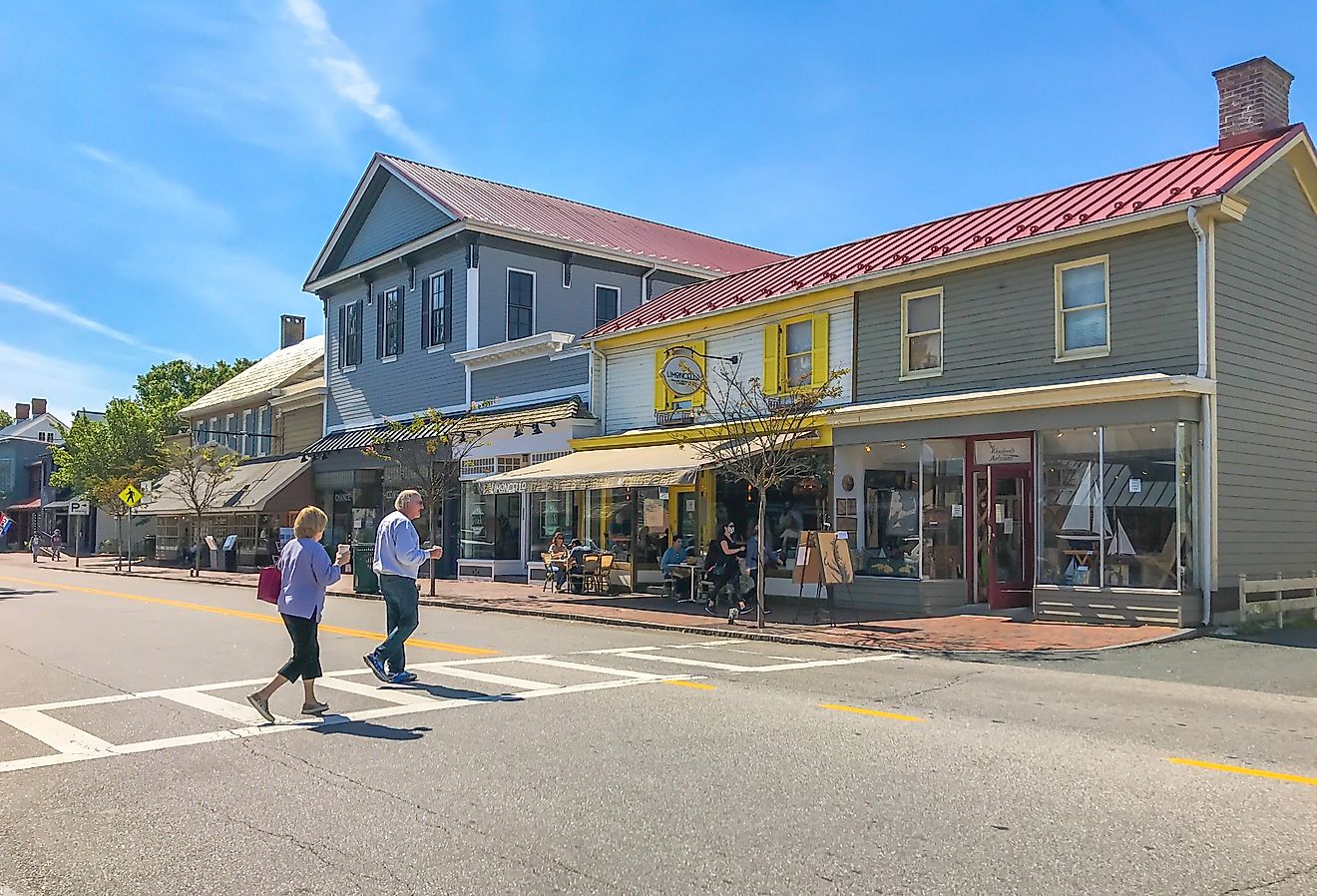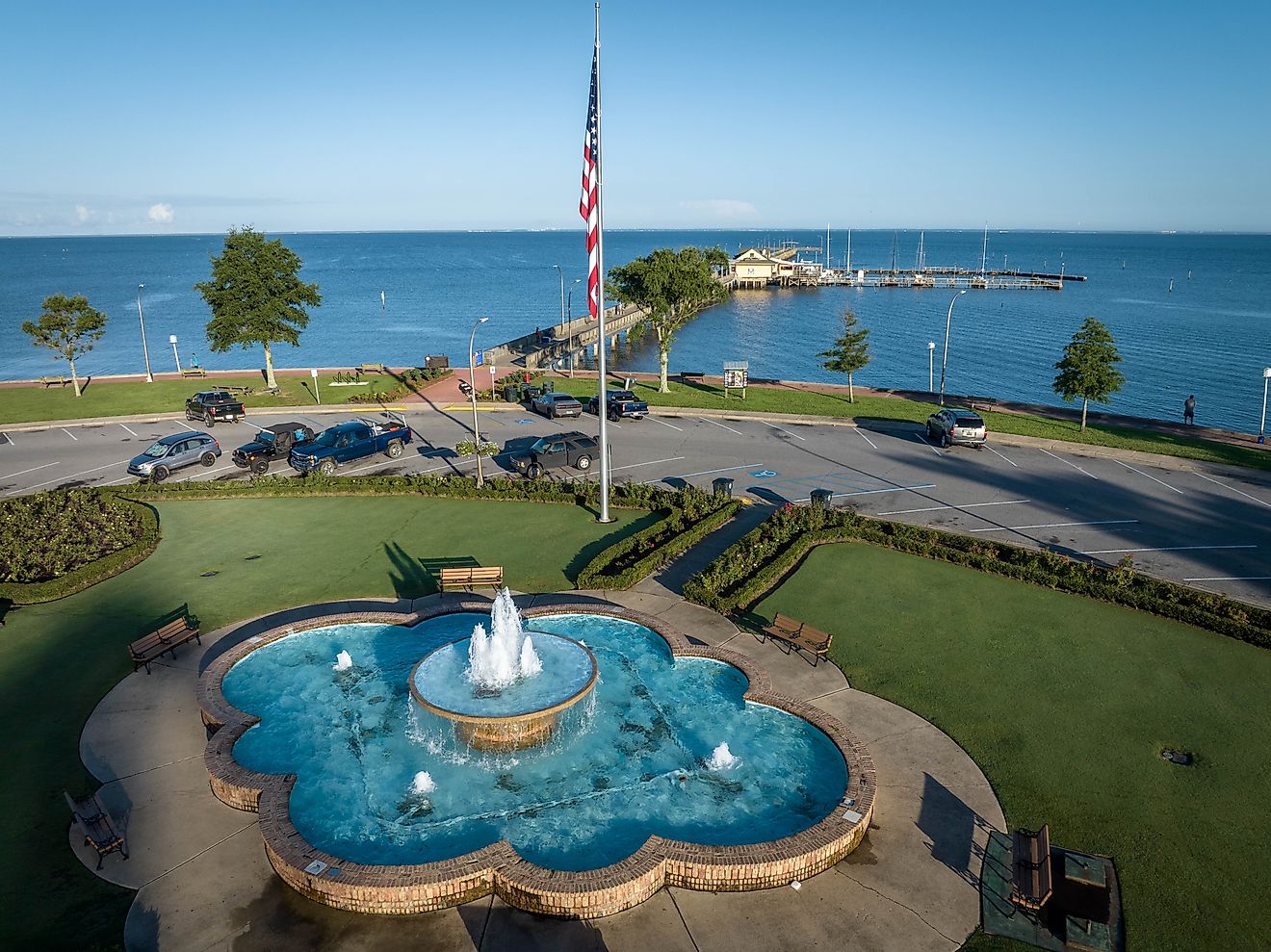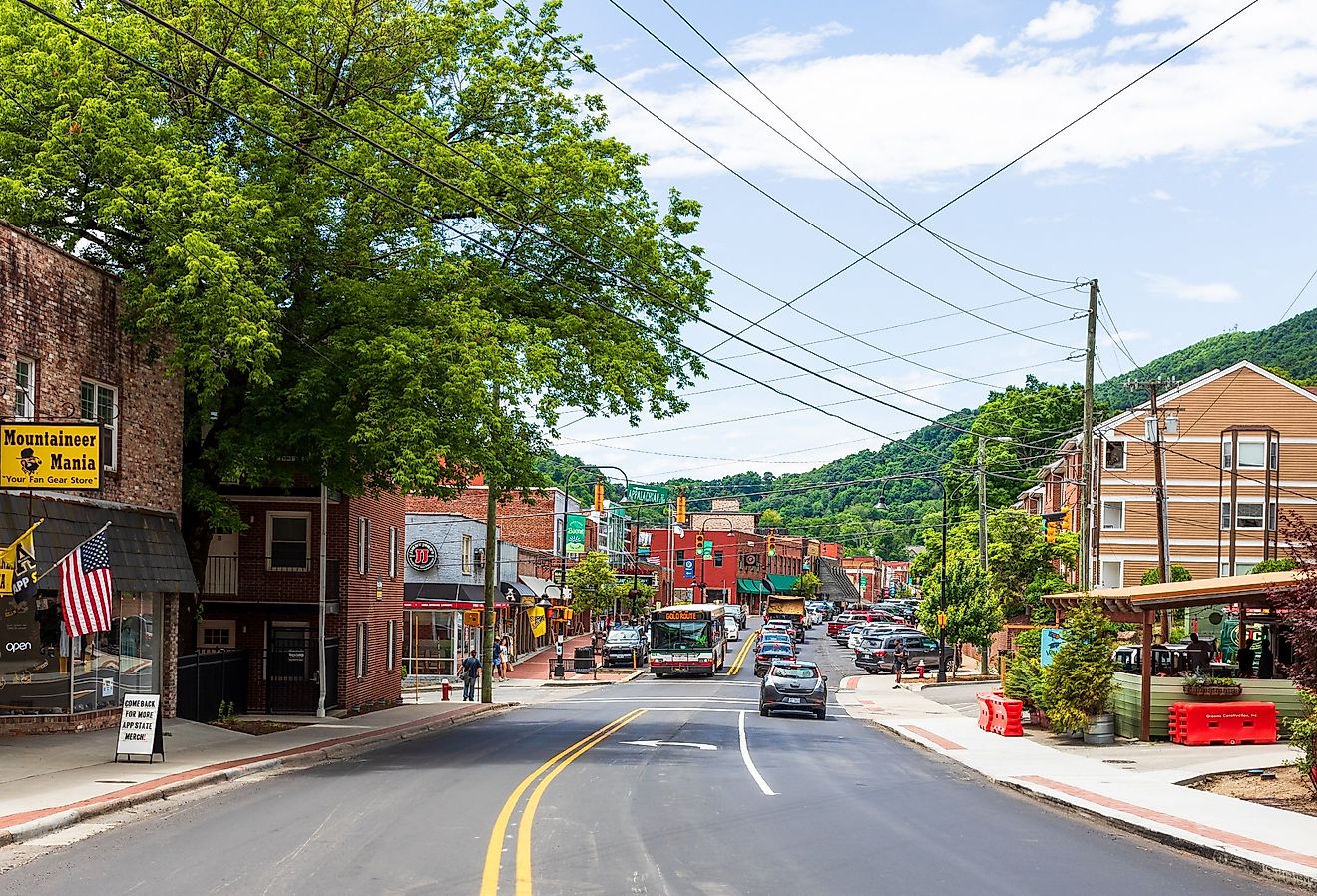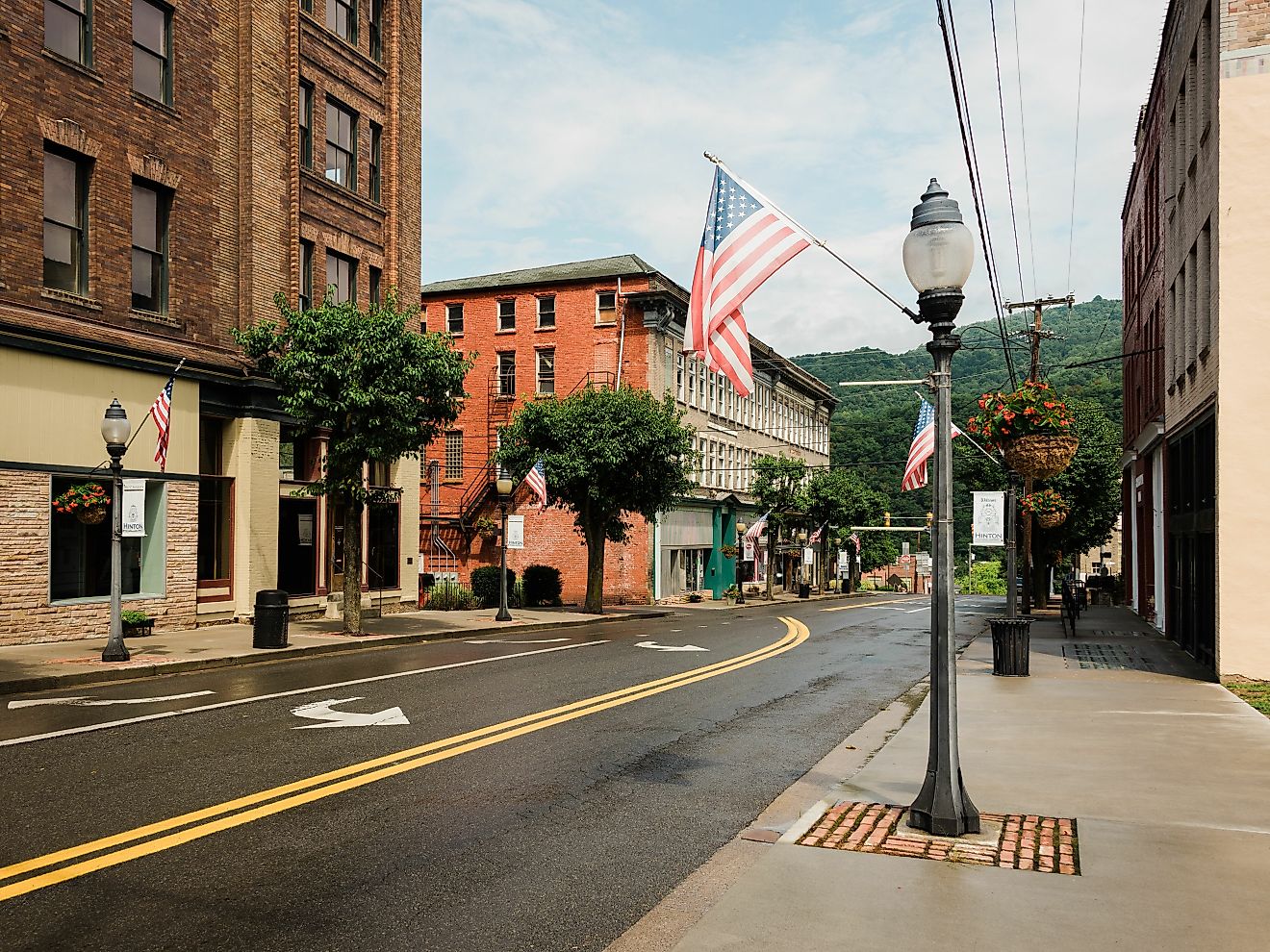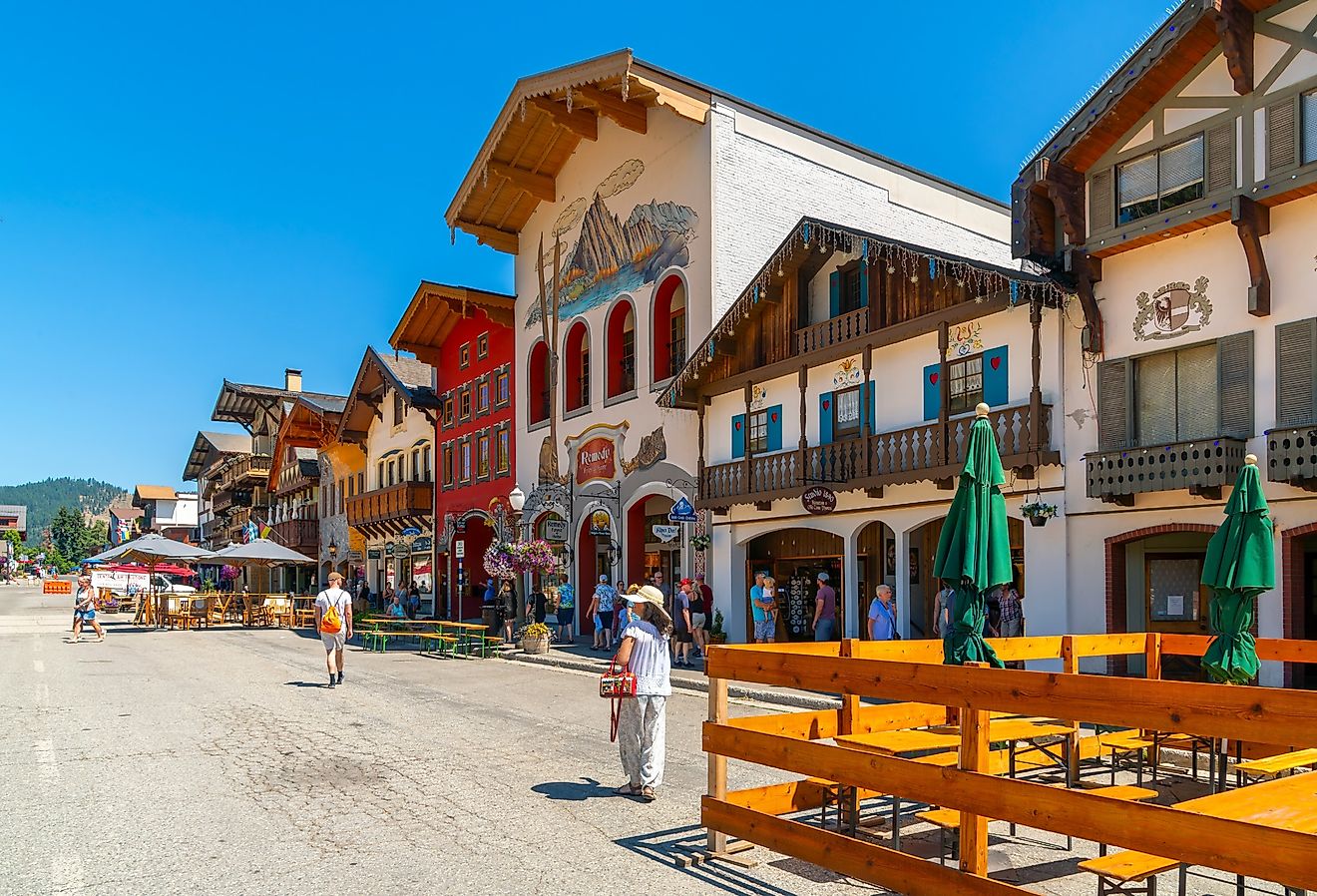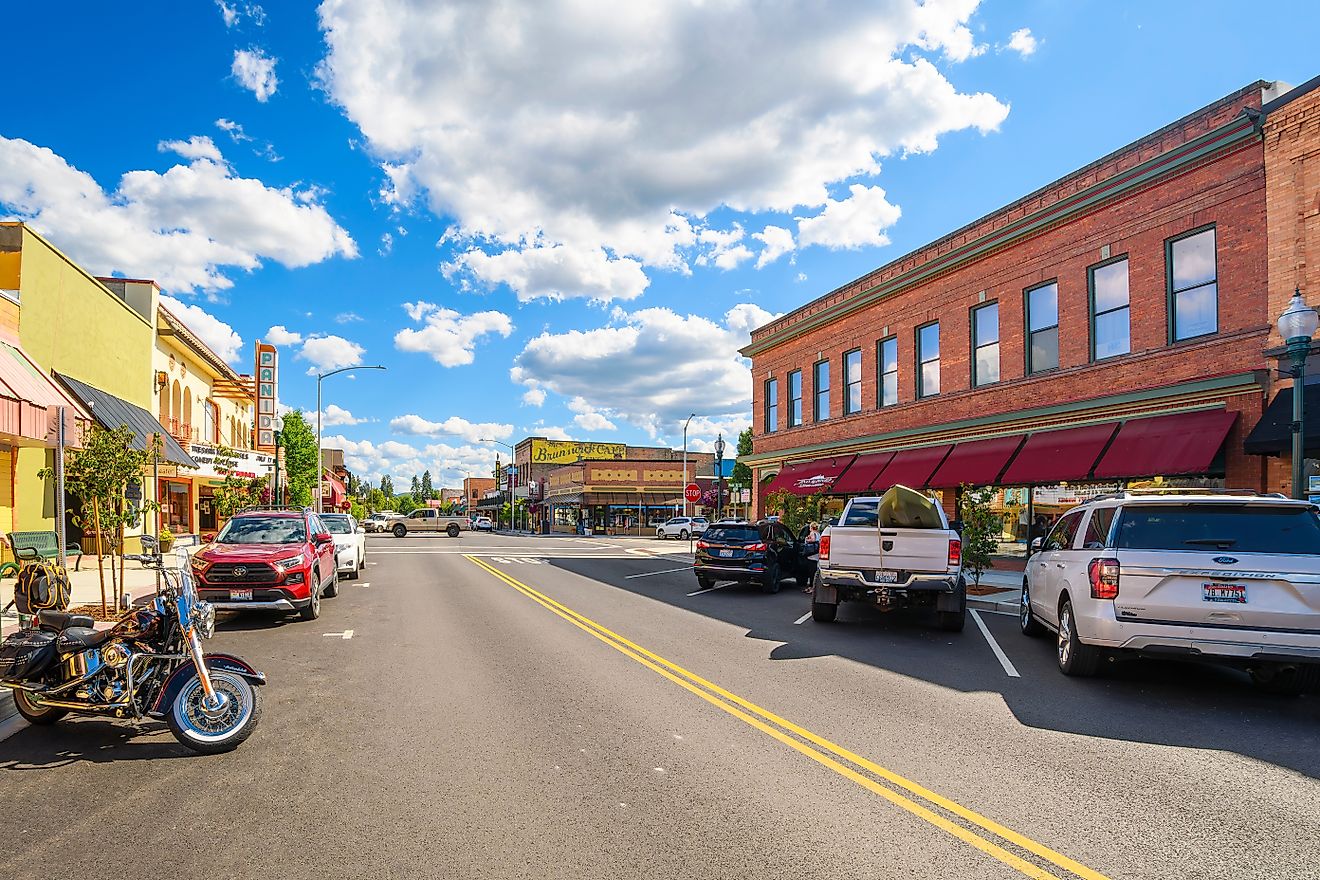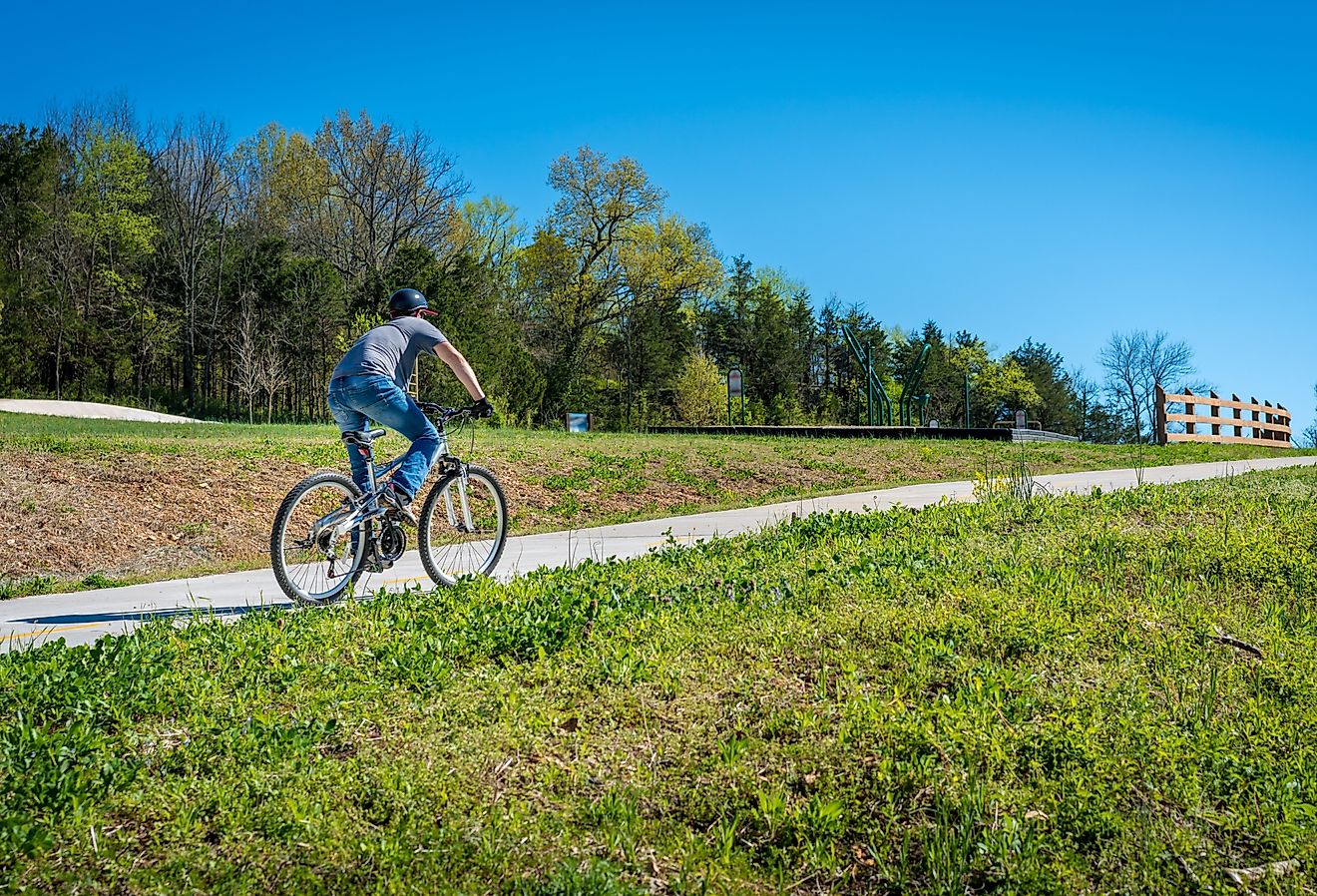Maps of Russia
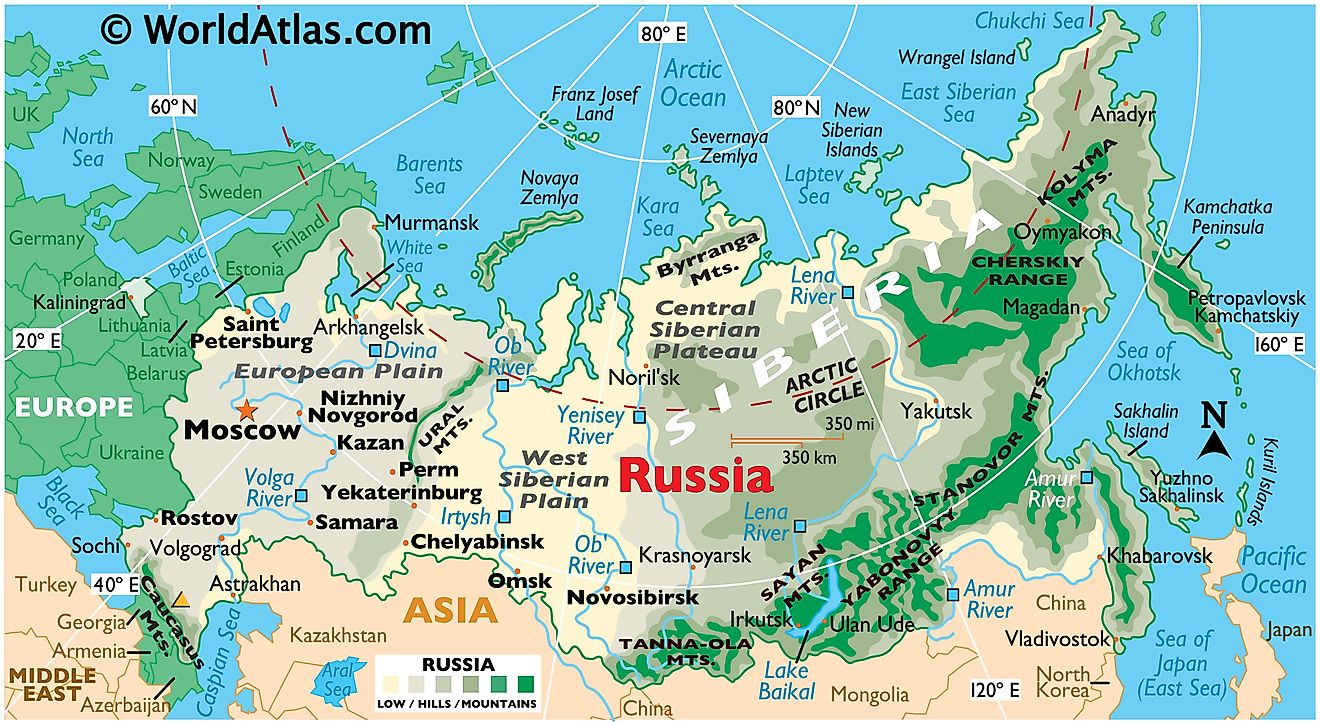
As the world's largest country in total area, Russia showcases a wide diversity of landforms. In general terms, it is divided into some very specific geographical zones.
The broad European Plain, or Volga River Plain extends from the Ural Mountains to its western borders with Europe.
The central and southern areas of Russia include large fertile areas, marsh, steppes (plains without trees) and massive coniferous forests.
Siberia is a combination of frozen tundra, with rolling hills rising to plateaus, punctuated by scattered mountain ranges.
Mountains Mountain ranges are found across Russia, with many of the major ones stretching along its southwestern, southeastern and eastern borders
In the far southwest the Caucasus Mountains slice across the land. The country's highest point, Mt. Elbrus at 18,481 ft. (5,633 m), is located there. It has been marked on the map above by a yellow upright triangle.
Making up the natural border between European Russia and Asia, the Ural Mountains extend from the Arctic Ocean to Kazakhstan's northern border.
The Kolyma Mountains in far northeastern Russia extend about 1,126 km (700 mi) north and south to the east of the Kolyma River and roughly parallel to the coast of Siberia. Some rise to over 6000 feet (1830 meters).
Rivers Russia has more than 100,000 rivers with a length of 7 miles, or greater. Some of the world's longest rivers flow through the vast lowland plains that dominate the Russian landscape.
Significant rivers include the Volga, Dnieper and Dvina (west), the Lena, Ob, and Yenisey (central) and the Amur in the far east.
At 1,642 m (5,387 ft), Lake Baikal (marked on the map) is the deepest and among the clearest of all lakes in the world. Baikal is home to more than 1,700 species of plants and animals, two thirds of which can be found nowhere else in the world.
Steppe Long characterized as the typical Russian landscape, the steppe region displays a broad range of treeless, grassy plains punctuated by mountain ranges, and provides the best conditions for human settlement.
Taiga Accounting for over 60% of Russia, this forested region extends from its western borders then east towards the Pacific Ocean. Russia contains the world's largest reserve of coniferous wood, however, due to extensive logging the supply is steadily on the decrease; as well, to make way for agriculture, much of the forested zone has been cleared.
Tundra Stretching 4,349 miles (7,000 km) from west to east, the Russian Arctic is a vast treeless and marshy plain, and is well-known for its white nights (dusk after midnight, and dawn fairly soon after) through summer and days of near total darkness through winter.
Federal Subjects Map of Russia
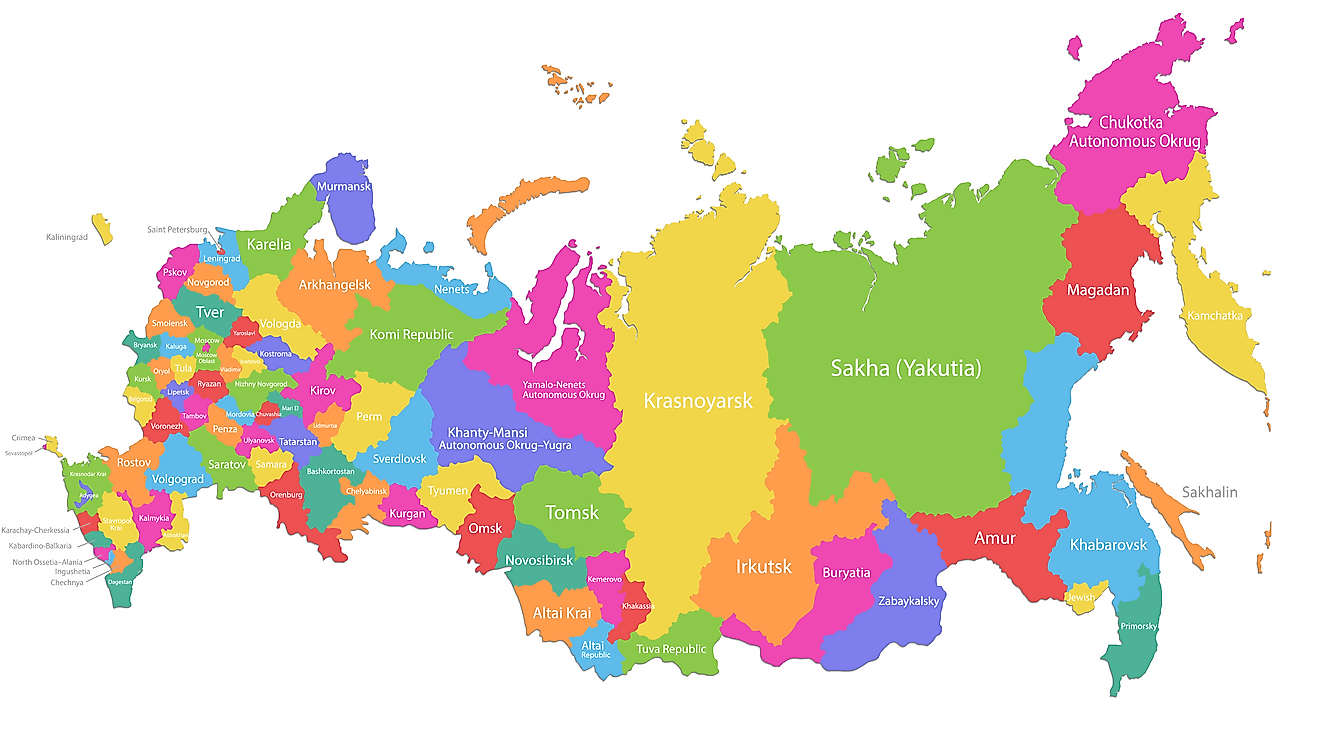
Russia has 46 provinces (oblasti, singular - oblast), 21 republics (respubliki, singular - respublika), 4 autonomous okrugs (avtonomnyye okrugi, singular - avtonomnyy okrug), 9 krays (kraya, singular - kray), 2 federal cities (goroda, singular - gorod), and 1 autonomous oblast (avtonomnaya oblast')
The oblasts are: Amur (Blagoveshchensk), Arkhangel'sk, Astrakhan', Belgorod, Bryansk, Chelyabinsk, Irkutsk, Ivanovo, Kaliningrad, Kaluga, Kemerovo, Kirov, Kostroma, Kurgan, Kursk, Leningrad, Lipetsk, Magadan, Moscow, Murmansk, Nizhniy Novgorod, Novgorod, Novosibirsk, Omsk, Orenburg, Orel, Penza, Pskov, Rostov, Ryazan', Sakhalin (Yuzhno-Sakhalinsk), Samara, Saratov, Smolensk, Sverdlovsk (Yekaterinburg), Tambov, Tomsk, Tula, Tver', Tyumen', Ul'yanovsk, Vladimir, Volgograd, Vologda, Voronezh, Yaroslavl';
The 21 republics are: Adygeya (Maykop), Altay (Gorno-Altaysk), Bashkortostan (Ufa), Buryatiya (Ulan-Ude), Chechnya (Groznyy), Chuvashiya (Cheboksary), Dagestan (Makhachkala), Ingushetiya (Magas), Kabardino-Balkariya (Nal'chik), Kalmykiya (Elista), Karachayevo-Cherkesiya (Cherkessk), Kareliya (Petrozavodsk), Khakasiya (Abakan), Komi (Syktyvkar), Mariy-El (Yoshkar-Ola), Mordoviya (Saransk), North Ossetia (Vladikavkaz), Sakha [Yakutiya] (Yakutsk), Tatarstan (Kazan'), Tyva (Kyzyl), Udmurtiya (Izhevsk);
Autonomous okrugs: Chukotka (Anadyr'), Khanty-Mansi-Yugra (Khanty-Mansiysk), Nenets (Nar'yan-Mar), Yamalo-Nenets (Salekhard);
Krays: Altay (Barnaul), Kamchatka (Petropavlovsk-Kamchatskiy), Khabarovsk, Krasnodar, Krasnoyarsk, Perm', Primorskiy [Maritime] (Vladivostok), Stavropol', Zabaykal'sk [Transbaikal] (Chita);
Federal cities: Moscow [Moskva], Saint Petersburg [Sankt-Peterburg];
Autonomous oblast: Yevreyskaya [Jewish] (Birobidzhan)
Where is Russia?
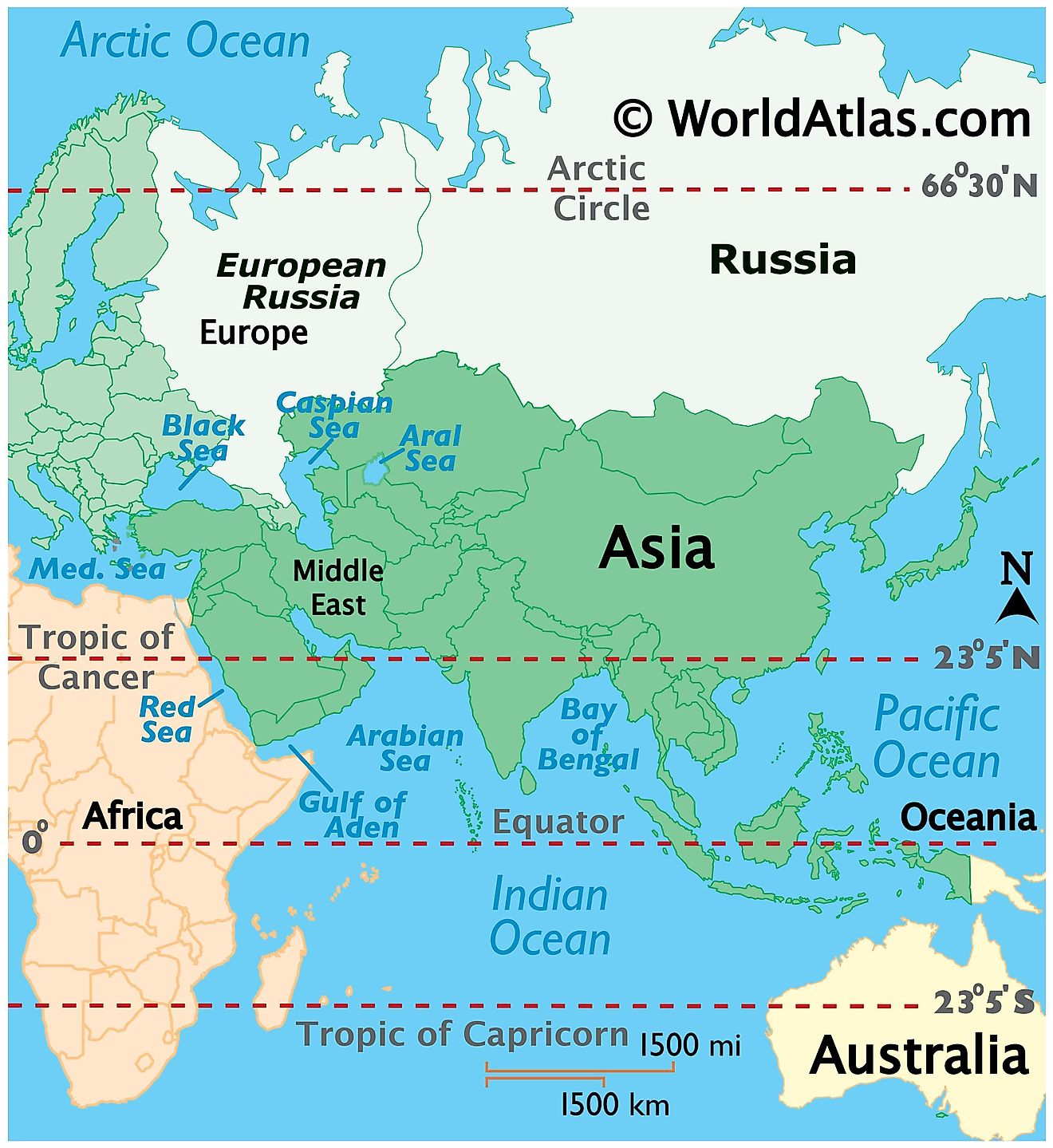
Russia, the world's largest country by area, stretches from Northern Asia to Eastern Europe. The Arctic Ocean borders Russia to the north and the Pacific to the east. The country also has a short coastline on the Baltic Sea in the northwest. The exclave of Russia, Kaliningrad also borders the Baltic Sea as well as Lithuania and Poland. The southern borders of Russia are with Georgia, Azerbaijan, Kazakhstan, China, North Korea, and Mongolia. The western and southwestern borders of Russia are with Finland, Norway, Estonia, Belarus, Ukraine, and Latvia.
Russia Bordering Countries: Georgia, Kazakhstan, Ukraine, Estonia, Finland, Belarus, Lithuania, Latvia, Poland, Azerbaijan, North Korea, China.
Regional Maps: Map of Asia
Outline Map of Russia
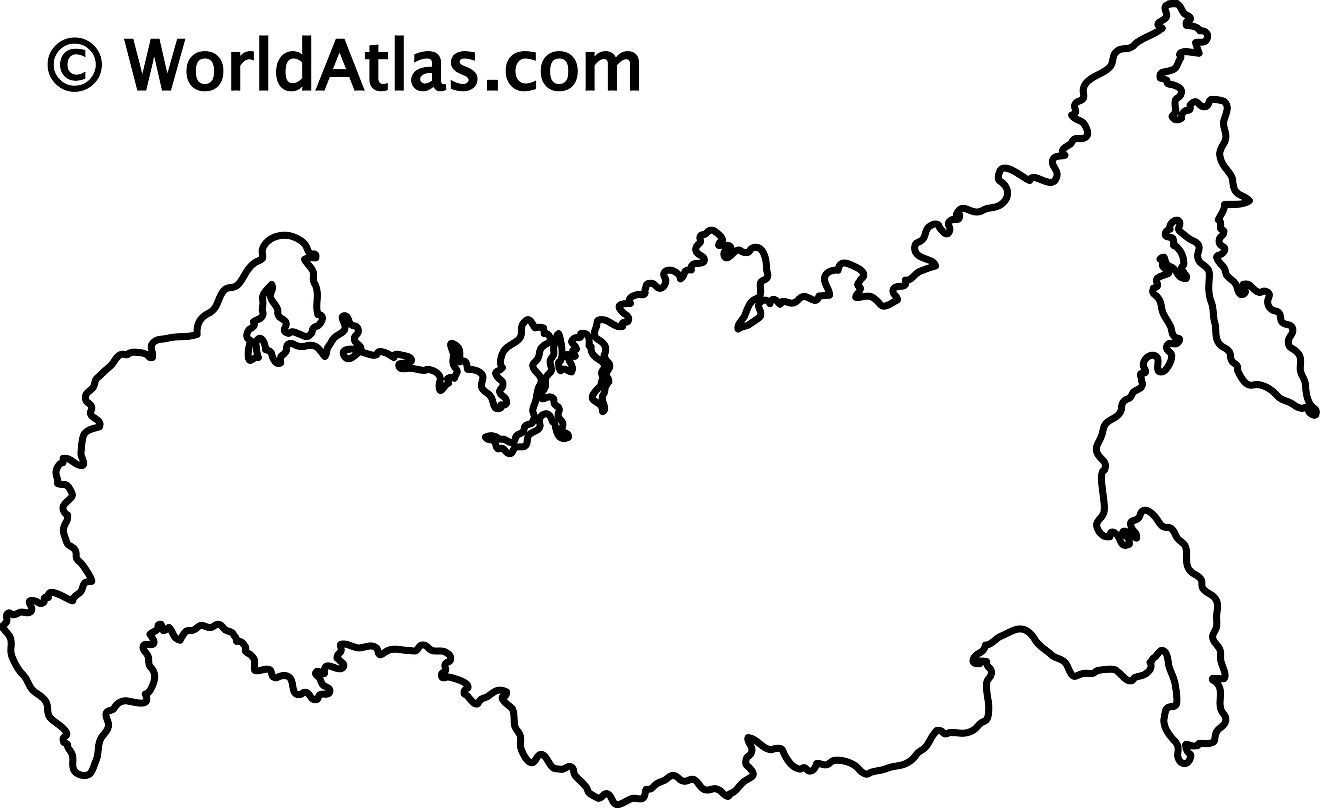
The above map represents the largest country in the world, Russia. The map can be downloaded, printed, and used for coloring or map-pointing activities.
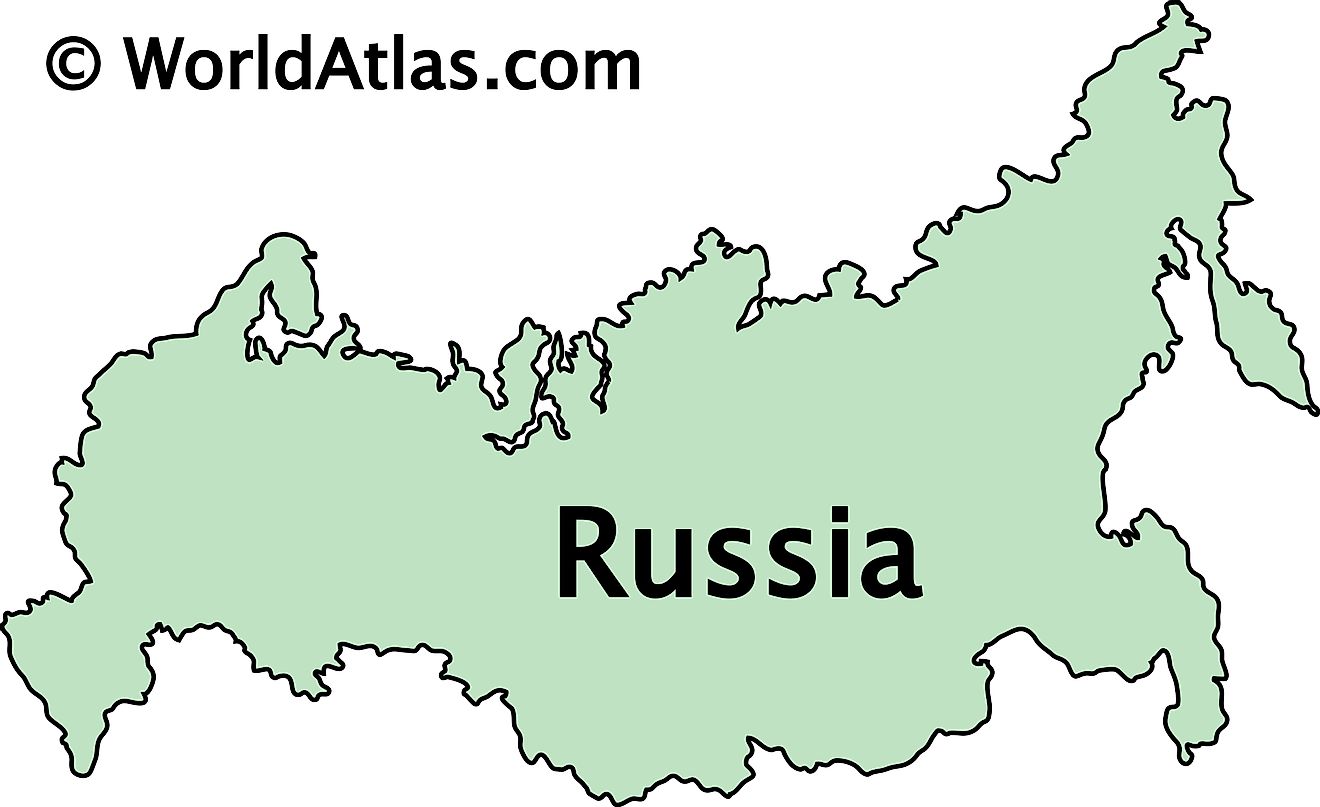
The above map represents Russia, the world's largest country.
Key Facts
| Legal Name | Russian Federation |
|---|---|
| Flag |
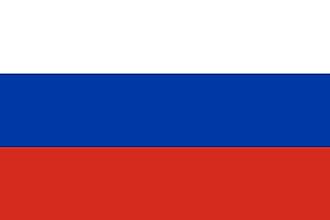
|
| Capital City | Moscow |
| 55 45 N, 37 36 E | |
| Total Area | 17,098,242.00 km2 |
| Land Area | 16,377,742.00 km2 |
| Water Area | 720,500.00 km2 |
| Population | 144,373,535 |
| Major Cities |
|
| Currency | Russian rubles (RUB) |
| GDP | $1.70 Trillion |
| GDP Per Capita | $11,585.00 |
This page was last updated on February 24, 2021
